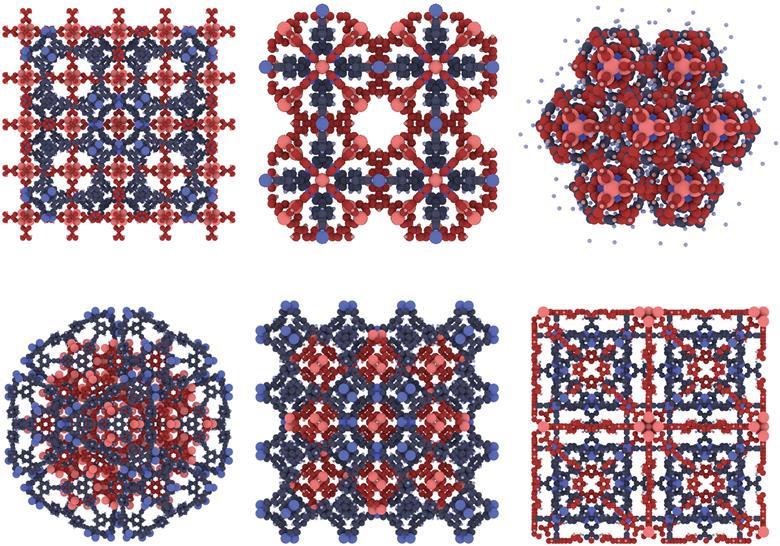Scientists normally want to stop their metal–organic frameworks (MOFs) from interpenetrating. But after realising the drawbacks of these entangled structures could actually be benefits they now want to find ones that definitely will.
It’s hard to mention MOFs without mentioning their pores. These pores and the potential created by their massive surface area have had scientists daydreaming about their possible applications for years. But these pores can easily clog up with sub-lattices, rendering them useless. Or so they thought. Interpenetrated MOFs are very strong and they can still have pores – with a much more specific size, which could be quite handy.

Source: © Royal Society of Chemistry Exemplary candidate hetero-interpenetrated structures discovered in this study
Interested? The full story can be read in Chemistry World.
The original article can be read below and is free to access until 18th September 2017
Discovery of hypothetical hetero-interpenetrated MOFs with arbitrarily dissimilar topologies and unit cell shapes
K B Sezginel, T Feng and C E Wilmer*
CrystEngComm, 2017, 19, 4497-4504
DOI: 10.1039/C7CE00290D










